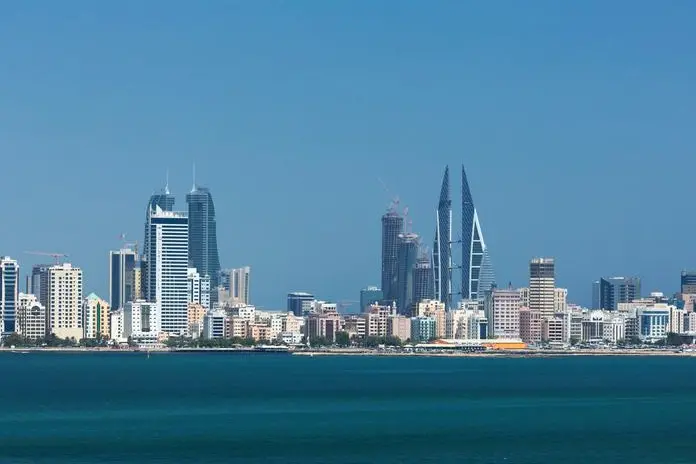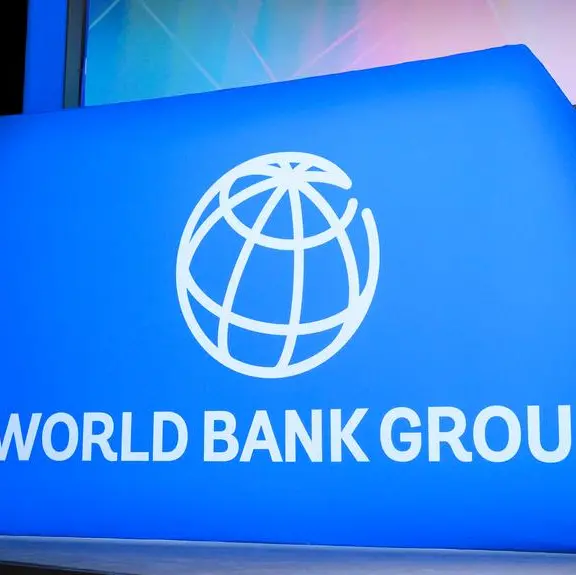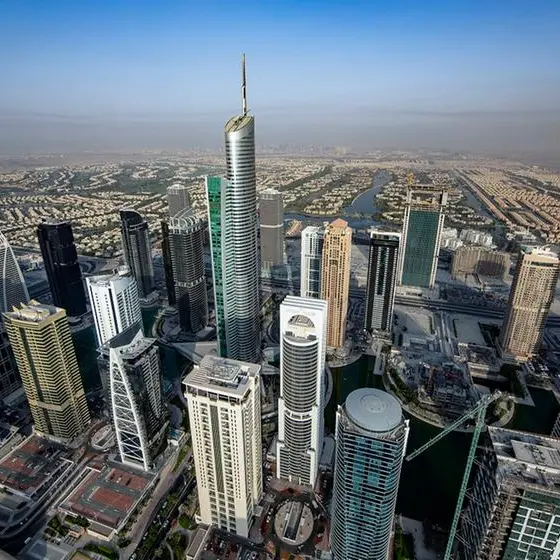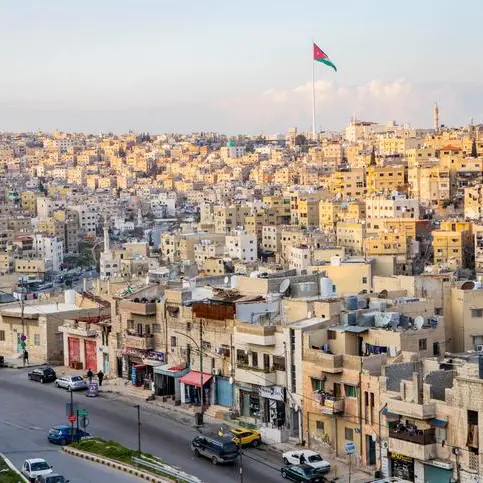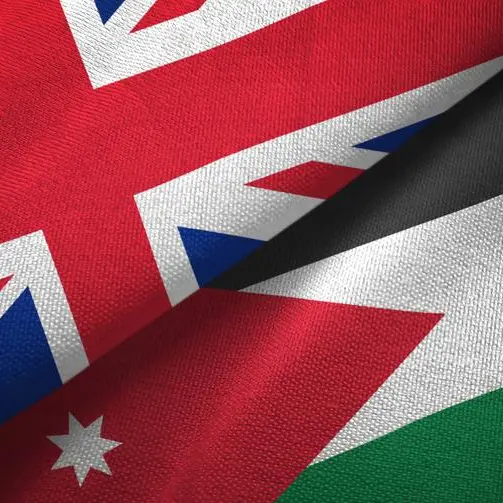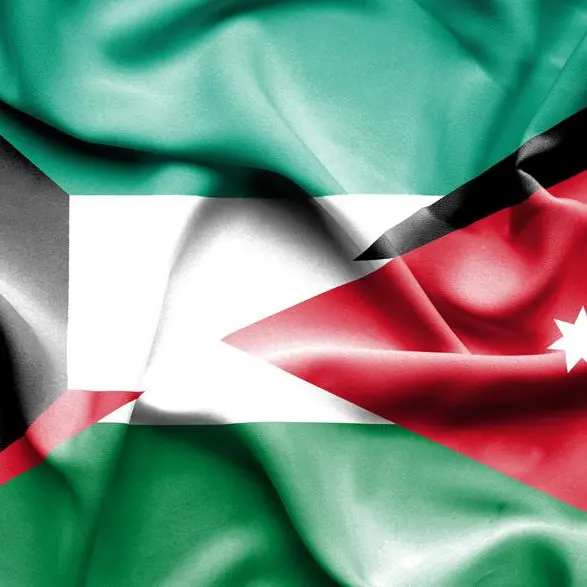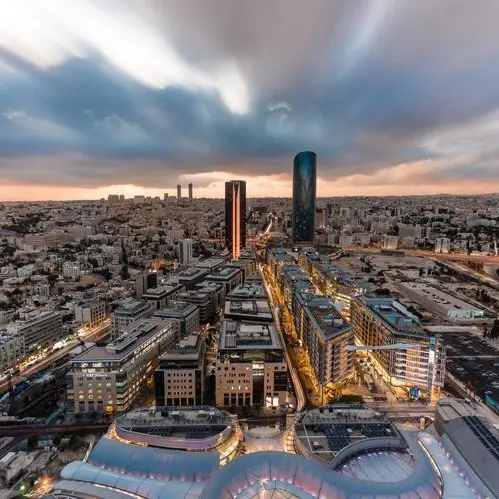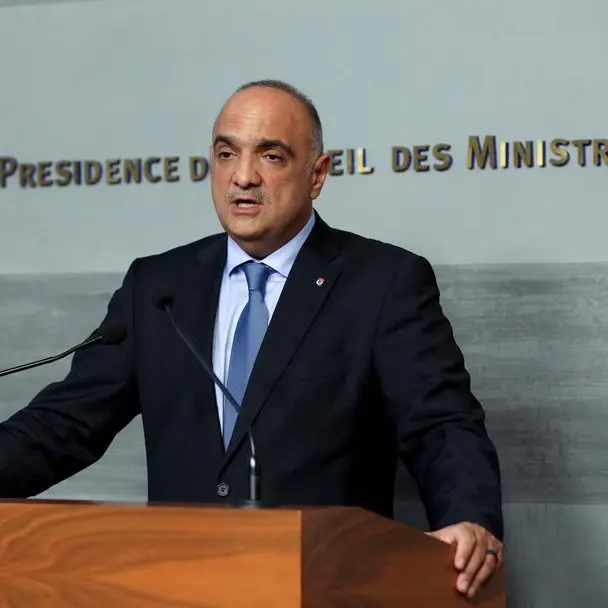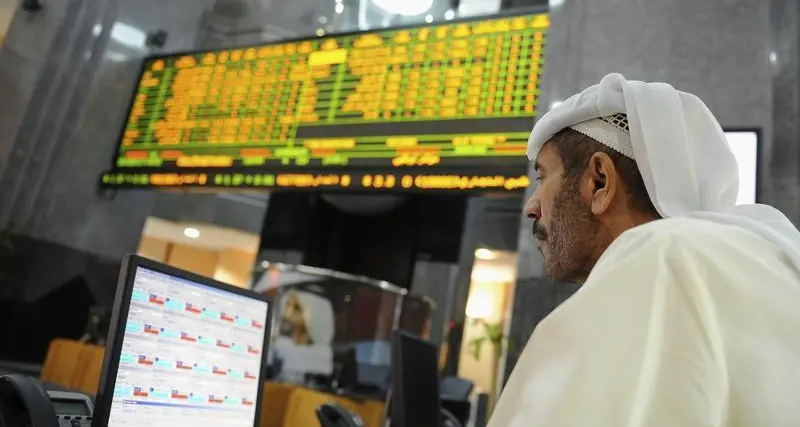PHOTO
Bahrain hasn’t taken too kindly to recent criticism. International agencies may unanimously agree that Bahrain’s economy is the one of the most vulnerable in the GCC, but a new oil discovery and a budding ICT industry have armed the Kingdom with more economic power to hit back with. Bahrain needs all the fighting power it can muster. Despite being the GCC’s oldest oil producer, it has only modest reserves. And yet, the Kingdom is dangerously reliant on the income it generates.
With an output of less than 200 thousand barrels per day, of which around 150,000 barrels per day comes from an offshore field that it shares with Saudi Arabia, oil revenues still accounted for 75 per cent of government revenue in 2017—down from a high of 87 per cent in 2013. Oil exports accounted for 55 per cent of total exports in 2017, according to Moody’s Investor Services. When oil prices declined after mid-2014, the dollar value of Bahrain’s oil exports fell hard and the country’s current account swung from surpluses averaging eight per cent of GDP in 2012-13 to deficits averaging 3.7 per cent of GDP in 2015-17.
DEBT LOCK
With sky-high government debt and political tensions continuing to bubble below the surface, observers have not been kind about Bahrain’s outlook. The IMF has slashed Bahrain’s GDP growth forecast to just 1.6 per cent for 2018, citing ongoing fiscal consolidation and weaker investor sentiment. In December 2017, S&P delivered a harsh verdict on the Kingdom’s economic prospects as it cut Bahrain’s sovereign credit ratings to ‘B+’ from ‘BB-’. A few months earlier, Moody’s had sent the country deeper into junk territory by lowering its long-term issuer rating by two notches, and confirming its ‘negative’ outlook.
Fitch took action in March, downgrading Bahrain’s long-term foreign-currency issuer default rating to ‘BB-’ from ‘BB+’. S&P noted that Bahrain’s external and fiscal metrics remain weak, with gross international reserves covering less than one month’s current account payments and about 50 per cent of the monetary base at the end of 2017. Bahrain’s debts leave it with little financial wiggle room, and its government has yet to identify a clear strategy to tackle its high deficits.
“We expect the consolidated gross general government debt ratio to surpass 90 per cent of GDP in 2019 and to keep rising in the following years, albeit with a shallower upward trajectory, breaking 100 per cent of GDP in 2023,” said Fitch. “Debt as a percentage of government revenue is expected to rise to 540 per cent in 2019, one of the highest among Fitch-rated sovereigns.”
Bahrain’s current account deterioration has driven the large erosion of foreign exchange reserves from a peak of $5.8 billion at the end of 2014 to a low of $1.3 billion in July 2017, according to Moody’s. The reserves have since recovered somewhat on the back of large sovereign external bond issuances, including $3 billion in international bonds in September 2017 and $1 billion in international Sukuk in April 2018. However, Moody’s said that with foreign reserves of $2.8 billion at the end of November covering only 1.4 months of imports of goods and services and less than 10 per cent of Bahrain’s shortterm external debt, pressure on Bahrain’s pegged exchange rate regime is now at its highest since the formal peg of the riyal to the dollar was introduced in 2001. The government has continued to implement a number of measures to raise revenue and trim spending, including excise taxes at end-2017 and fuel price increases in January 2018.
However, the consolidation effort is not even close to stabilising the government debt/GDP ratio. “The political environment, embedded social expectations, and a lack of experience with taxation severely constrain the government from enacting a sharper fiscal adjustment and create uncertainty around the fiscal outlook,” said Fitch.
Reining in the deficit more sharply could call for deeper reforms to Bahrain’s social and economic model, traditionally characterised by low taxation and generous benefits. In Fitch’s view, the country’s leadership is generally committed to reform, but this commitment is not yet shared by other key stakeholders, and the government remains wary of social pressures.
BANKING BLUES
Naturally, Bahrain’s banks have felt the brunt of this. Despite Bahrain’s large financial sector, with gross assets estimated at 248 per cent of GDP and a large number of majority-government-owned companies, S&P considers the Government’s contingent liabilities to be limited. Bahrain’s retail banks, the main domestic intermediators, remain healthy in terms of liquidity, capitalisation, and leverage, with a loan-to-deposit ratio of 65 per cent, according to Banking Industry Country Risk Assessment: Bahrain.
Asset quality is on an improving trend, but the system-wide nonperforming loan ratio is still in the high single digits, according to S&P’s estimation, and some large banks carry high amounts of restructured exposures. BMI Research has forecast asset growth in Bahrain’s banking sector to remain “subdued” at 3.7 per cent for 2018.
BAHRAIN BOUNCES BACK
Bahrain, however, has hit back at its critics. A statement from its Economic Development Board (EDB) said that, despite Bahrain’s low level of reserves at the central bank, its economy and financial system continue to perform relatively strongly. The Central Bank of Bahrain pointed out that the capital adequacy ratio of the banking sector reached 19.8 per cent as of September 2017, well above the regulatory requirement. Retail deposits continued to grow reaching $45.1 billion in October 2017, increasing by almost 4.5 per cent compared to the same period in 2016. During 2017 as a whole, non-oil growth is expected to exceed the four per cent pace recorded in 2016, according to the latest Bahrain Economic Quarterly published by the EDB.
The performance of the non-oil private sector also meant that overall economic growth in the Kingdom reached an annual pace of 3.6 per cent for the first three quarters of the year—improving on the 3.2 per cent pace of growth posted during 2016 as a whole and making Bahrain the fastest growing economy in the GCC.
“Bahrain’s economy continues to deliver at the upper end of growth expectations thanks to a combination of robust structural and countercyclical drivers,” said said Dr Jarmo Kotilaine, Chief Economic Advisor of the EDB. “We expect this positive dynamic to continue into 2018 as the regional environment becomes more supportive of growth and as the diversified economy continues to expand, supported by an unprecedented investment pipeline.”
WELL OF HOPE
For anyone who isn’t convinced, a headline discovery in April may give them more confidence in Bahrain’s economy. On 4 April, Bahrain’s oil minister Sheikh Mohammed bin Khalifa Al Khalifa announced the discovery of hydrocarbon deposits containing at least 80 billion barrels of tight oil and 10-20 trillion cubic feet of deep natural gas in a new offshore field off the west coast of Bahrain.
“Over time, if production from the new oil field were to substantially increase Bahrain’s oil production and exports, Bahrain’s external vulnerability—and with it, pressure on the currency peg—would decrease, supported by improvements in the current account and rebuilding of foreign exchange buffers,” Moody’s said.
Nevertheless, at this stage we do not know how much of the discovered oil and gas resource is technically recoverable and at what cost. Based on EIA research, the average recovery factor for tight oil deposits ranges between three per cent and six per cent of the initial oil in place. Using a recovery factor of three per cent as a plausible assumption, Bahrain’s new oil find could eventually yield up to 2.4 billion barrels of recoverable oil reserves—a little less than half of Oman’s proved reserves, according to Moody’s. While this is significantly less than the headline number of oil in place, it is nearly 20 times more than Bahrain’s current onshore proved reserves and would allow Bahrain to double its current total crude oil production for the next 33 years However, it may be years before Bahrain’s new asset yields any profits.
Moody’s said that it doesn’t expect new oil reserves to have any positive impact on Bahrain’s economy for at least another five years. “In the meantime, the Kingdom’s credit profile will remain the weakest among GCC peers and the most vulnerable, fiscally and externally, to potential declines in oil prices,” the rating agency said. “This vulnerability is captured by the highest combination of fiscal and external breakeven oil prices in the region.”
IT SUPPORT
Bahrain already knows it cannot rely on oil and has been turning its attention to diversifying its fragile economy. The EDB claims that hotels and restaurants, social and personal services, transportation and communications and financial services all expanded more than six per cent year-onyear during the first three quarters of 2017. However, Bahrain’s real strength is being forged in its ICT sector. In February, it launched the first dedicated FinTech hub and corporate incubator in the Middle East and Africa region, Bahrain FinTech Bay (BFB). Bahrain is leading the MENA region in the ICT Development Index, ranking 33 out of a total of 188 countries worldwide.
“With Bahrain’s very high level of internet usage, we are capitalising on the development of the ICT sector,” said John Kilmartin, Executive Director of ICT at the EDB. “Amazon Web Services (AWS) recently announced the launch of its first region in the Middle East based in Bahrain. This is an indicator of the sentiment around investment in ICT here. We are in a unique position to foster the growth of disruptive technologies and promote innovation in traditional industries.”
Bahrain also ranked second globally and first in the MENA region in the fifth edition of the Islamic Finance Development Report and Indicator (IFDI). With 24 Islamic banks holding assets valued at over $25.7 billion, this is the fifth consecutive year that Bahrain has come second to Malaysia.
“As our region undergoes a dramatic economic transformation, the GCC presents exciting opportunities for international investors,” said Khalid Hamad, Executive Director of Banking Supervision at the Central Bank of Bahrain. “Islamic finance is a core pillar of our region’s offering. We also continue to see investments made in technology and these are making a tangible impact, unlocking innovation and entrepreneurship. We see huge potential in the connection between technology and Islamic finance; with technology being a disruptive force across so many industries, Bahrain is continually in a strong position to leverage the opportunities available.”
BUSINESS-FRIENDLY BAHRAIN
The EDB also announced a record year for inward investment in 2017, having attracted 71 new companies to Bahrain with investments amounting to $733 million. This is expected to increase job creation by those companies by up to 72 per cent, generating more than 2,800 local jobs over the next three years. The EDB’s record number of investments in 2017 represents a significant increase of 161 per cent compared to 2016, which saw $281 million in investments from 40 companies. Predictably, the ICT sector was the Kingdom’s highest attractor of inward investment in 2017, comprising a significant 54 per cent of the total investment in the sector – led by AWS. The tourism sector also witnessed rapid growth last year, with the number of tourists visiting the Kingdom increasing by 12.8 per cent in the first nine months of 2017.
“The tourism sector is one of the key investment sectors we recognise as having a strong competitive advantage for Bahrain,” said Simon Galpin, Managing Director of Bahrain EDB. “It contributes 6.3 per cent to the country’s GDP, and is set to grow significantly, as the number of visitors and leisure activities increase.”
Bahrain’s new oil discovery and diversification efforts make worthy headlines; however, they will not soothe political tensions or dent its debts in the near future. Bahrain remains the poor relation in the GCC, but with better prospects than anyone could have foreseen at the end of 2017.
© 2018 CPI Financial. All rights reserved. Provided by SyndiGate Media Inc. (Syndigate.info).
Disclaimer: The content of this article is syndicated or provided to this website from an external third party provider. We are not responsible for, and do not control, such external websites, entities, applications or media publishers. The body of the text is provided on an “as is” and “as available” basis and has not been edited in any way. Neither we nor our affiliates guarantee the accuracy of or endorse the views or opinions expressed in this article. Read our full disclaimer policy here.
